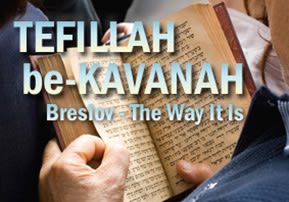
Tefillah be-Kavanah (Prayer with Intention)
Someone once asked Rabbi Avraham Sternhartz, “Why do you trouble yourself to carry such a heavy burden when you could leave it in shul?” Rabbi Avraham Sternhartz replied...

Le‘ilui nishmat Leib ben Yitzchak Ya’akov Sears, a”h – Yartzeit: 30 Shevat, Rosh Chodesh Adar
Le’ilui nishmat Yosef ben Shmuel Zeitlin, a”h – Yartzeit: 18 Menachem Av
We continue with our new series of minhagim and hanhagot tovot of Breslov. We invite you to peruse our previous entries by accessing our archives.
Tefillah be-Kavanah (continued)
Someone asked Rebbe Nachman a question about the statement in the Shulchan Aruch (Orach Chaim 5:1): “When a person mentions God’s Name in his prayers, he should bear in mind the meaning of the Name [A-D-N-Y: Hashem is the Ruler over all, this being the way the Name is pronounced; and Y-H-V-H: ‘He was, is, and will be eternally,’ this being the way the Name is written].” The Rebbe replied, “Isn’t the literal meaning enough for you: A-D-N-Y – God?” When you concentrate on the simple meaning alone, your hands and legs and all 248 limbs and 365 tendons are bound to tremble!” (Chayei Moharan 414).
Coming to Shul
Even in his old age, Rabbi Avraham Sternhartz would carry a large tallit bag containing his tallit, tefillin, and several seforim to shul in the morning (heard from Rabbi Elazar Kenig).
* * *
Someone once asked Rabbi Avraham Sternhartz, “Why do you trouble yourself to carry such a heavy burden when you could leave it in shul?” Rabbi Avraham Sternhartz replied, “Because Rebbe Nachman said that the first thing a Jew carries should be his tallit and tefillin!” (heard from Rabbi Avraham Shimon Burshteyn, in the name of Rabbi Moshe Burshteyn).
* * *
Breslover Chassidim were particular to carry their tallit and tefillin to shul every morning, and did not leave them there overnight (heard from Rabbi Shmuel Breines).
Hakhanos l’Tefillah (Spiritual Preparation Before Praying)
Rebbe Nachman states that before davening, one should bind his spirit to the Creator. As a result of this deveykut (cleaving), the words will flow from his lips as if of their own accord (Sefer ha-Middot I, “Tefillah,” 76).
* * *
Rebbe Nachman also states: “If one exerts himself greatly in his preparations for prayer, even if afterward he doesn’t daven so well, nevertheless, as a result of his preparations, his sufferings will be taken away from him (Sefer ha-Middot I, “Hamtakat Din,” 38).
Tefillah b’Tzibbur (Praying with a Congregation)
Rebbe Nachman states that when one davens be-tzibbur (with a congregation), it is as if he brought a pure Minchah offering to the Beit HaMikdash (Sefer ha-Middot I, “Tefillah,” 2, citing Talmud Yerushalmi Berakhot 5:11).
* * *
Reb Nosson expounds upon tefillah b’tzibbur (praying with a congregation) in Likutei Halakhot, and in addition extols the benefits of praying in a synagogue associated with Rebbe Nachman (“nikra al shemo”). On one occasion, Rebbe Nachman commented that the prayers of a minyan of his followers could “split the heavens.” (On the mitzvah of tefillah b’tzibbur in general, see Shulchan Arukh, Orach Chaim 90:9. Reb Nosson’s discussion appears in Likutei Halakhot, Tefillin 2:10; ibid. Kriyat Shema’ 2; ibid. Tefillah 4:12; ibid. Beit ha-Knesset 5:5. The Rebbe’s remarks appear in Chayei Moharan 331.)
* * *
Rabbi Elazar Kenig encourages his talmidim to always come to shul at least a few minutes before each prayer service to begin on time, with yishuv ha-da’at, unhurriedly.
Nusach haTefillah
The ARI zal stated that there are twelve nusachot hatefillah corresponding to the Twelve Tribes and the twelve heavenly gates through which the prayers of Israel ascend. He also taught that one who does not know his tribe should daven according to his nusach [the ARI’s nusach], which represents the thirteen gate. The Maggid of Mezeritch deemed the nusach ARI to be the “sha’ar ha-kollel,” the all-encompassing gate through which all prayers may ascend. Thus, all of his talmidim, who disseminated the teachings of the Chassidic movement far and wide, used one version or another of nusach ARI. The reason for the diversity of these nus’chot is that the ARI modified the nusach of a certain siddur that was common in the Sefardic community of his day. However, as Ashkenazim, the Chassidim and other Eastern European kabbalists wished to adapt the ARI’s modifications to nusach Ashkenaz. Since the Chassidic masters had different shittot about how to do so, and were working with texts that were sometimes inconsistent, a plethora of nusach ARI and nusach Sefard siddurim soon came into existence. The details of the nus’chot adopted by Breslover Chassidim (as well as the reluctance of many Breslovers to identify any one special nusach as that of the community as a whole) must be understood in this historical context. It is noteworthy that the Rebbe, Rebbe Nachman, deems the tzaddik to embody the “sha’ar ha-kollel” – not a particular nusach hatefillah. This is a subject that still needs clarification. (See Rabbi Daniel Rimmer, Tefillat Chaim, Vol. I, which analyzes the history of nusach ARI and attempts to resolve all questions surrounding the nusach that the ARI actually davenned. His premise is that the “sha’ar ha-kollel” denotes this nusach exclusively. However, others contend that since the Maggid and his talmidim disagreed with this, the idea of a parallel sha’ar ha-kollel for Ashkenazim cannot be so easily dismissed. Rebbe Nachman’s remarks about the sha’ar ha-kollel are found in Likutei Moharan I, 9:2.)
To be continued…
With permission from The Breslov Center for Spirituality and Inner Growth http://www.nachalnovea.com




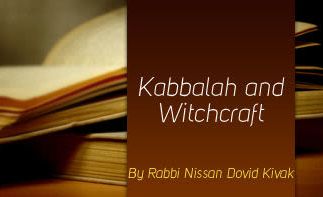

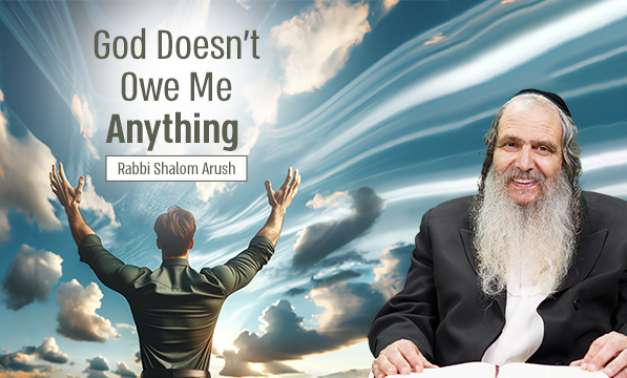


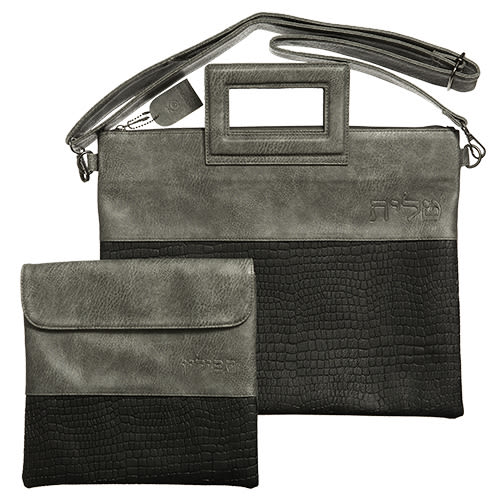
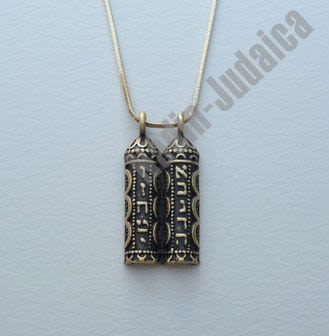
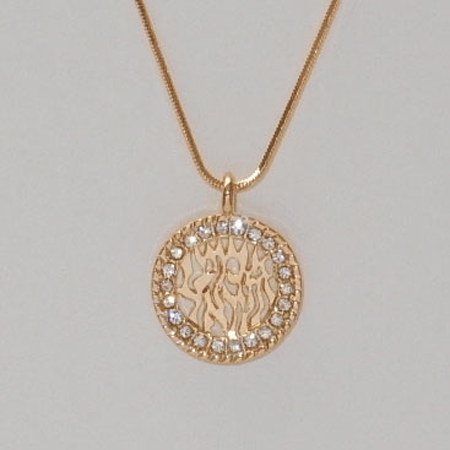

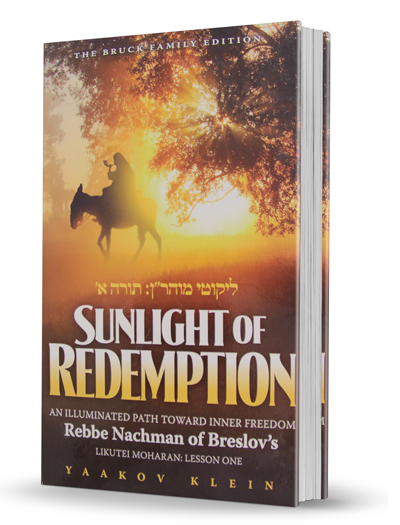
Tell us what you think!
Thank you for your comment!
It will be published after approval by the Editor.